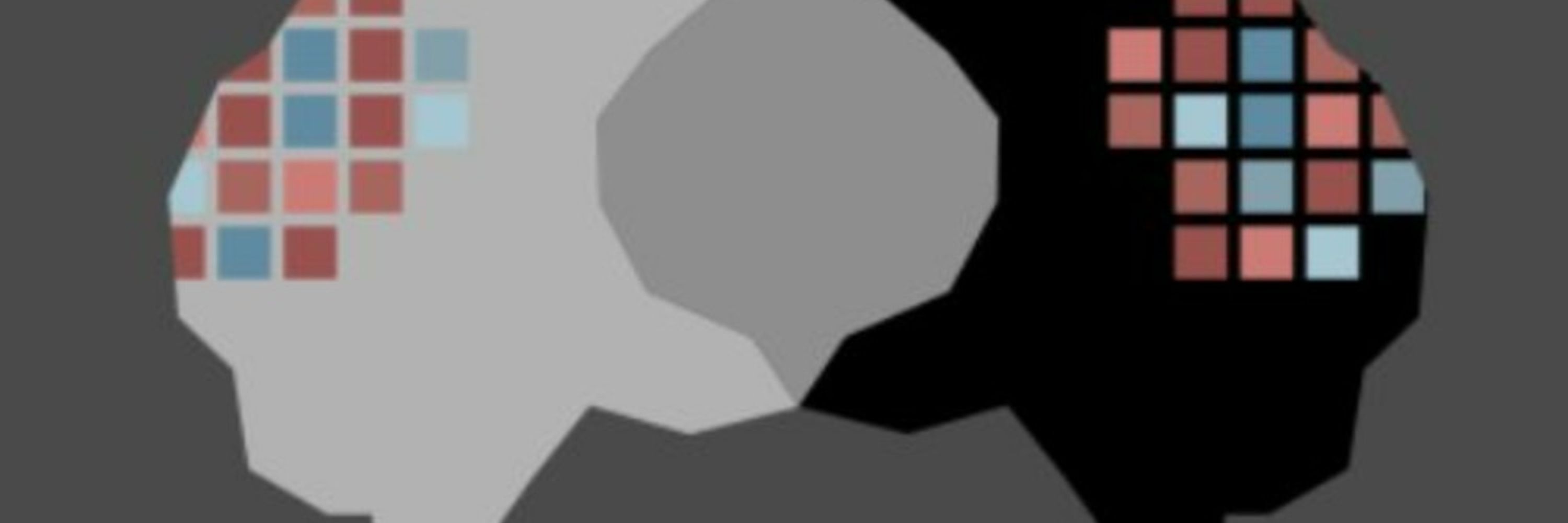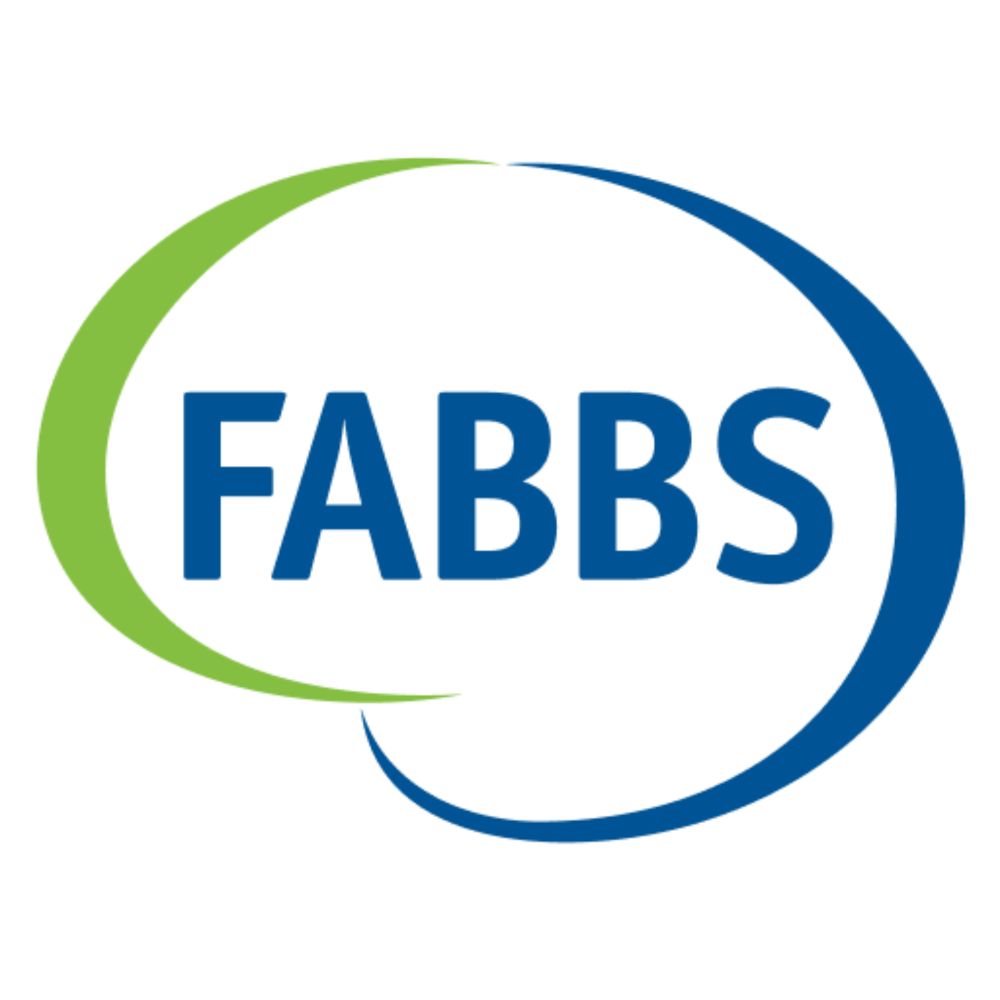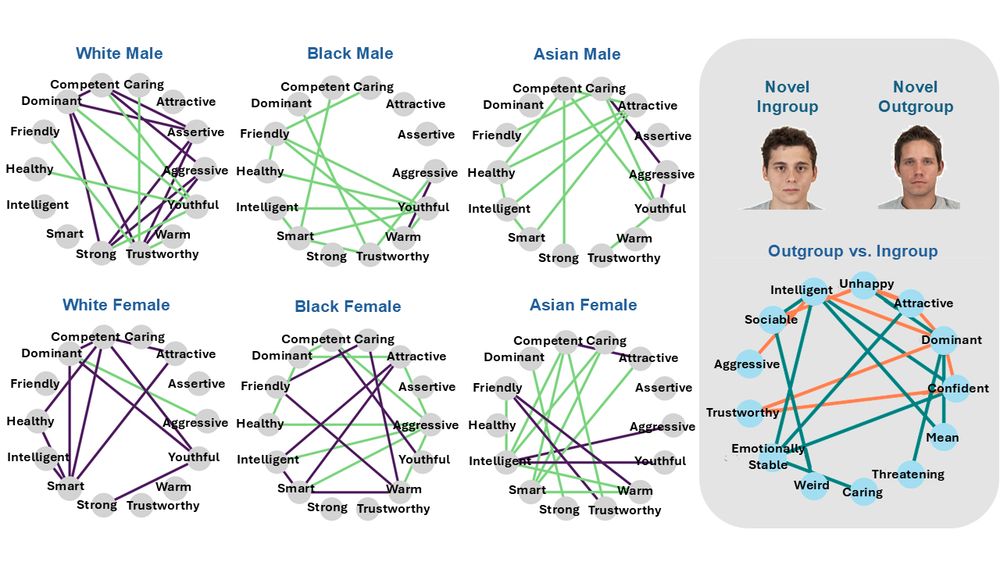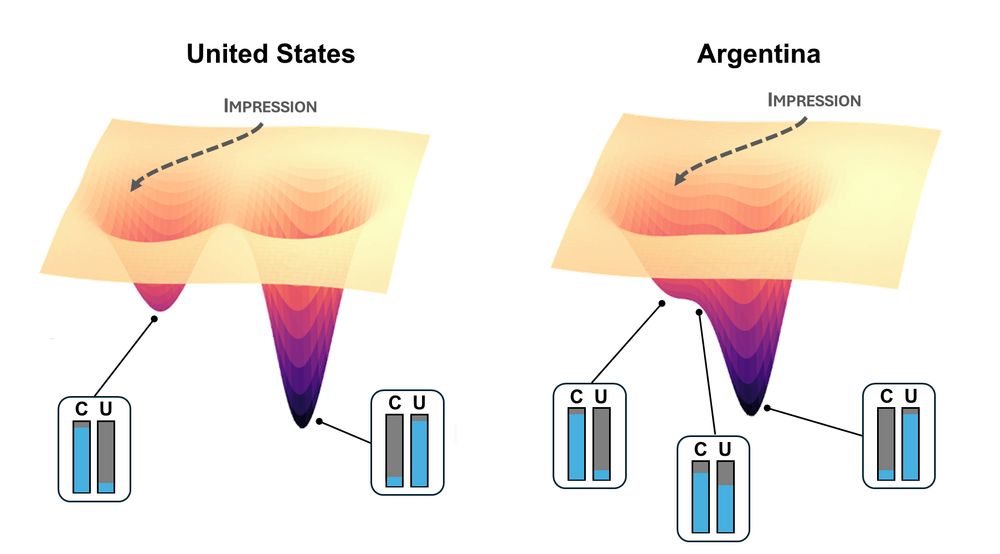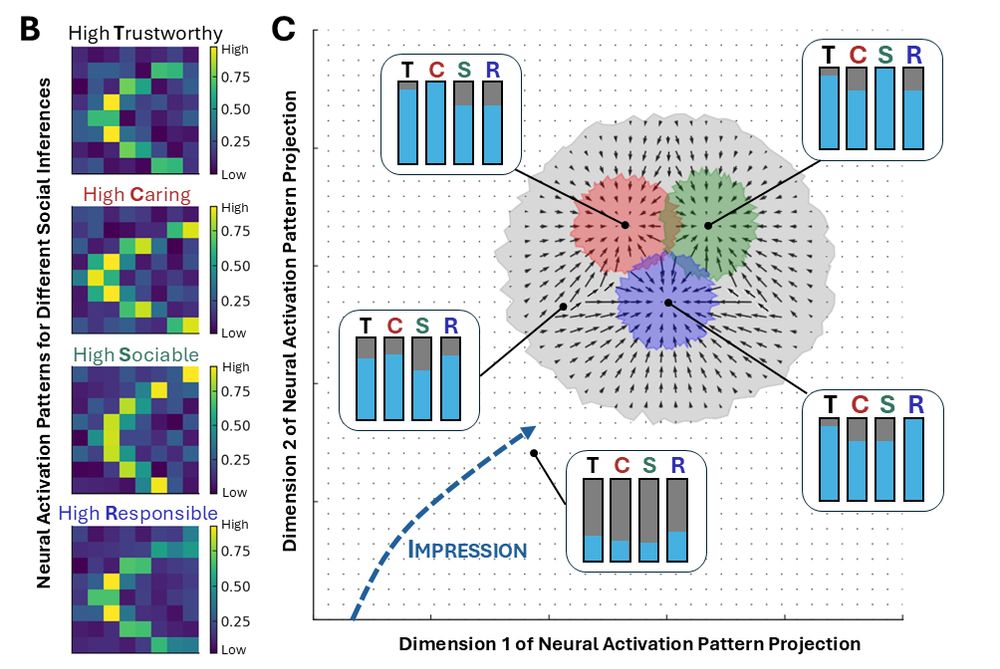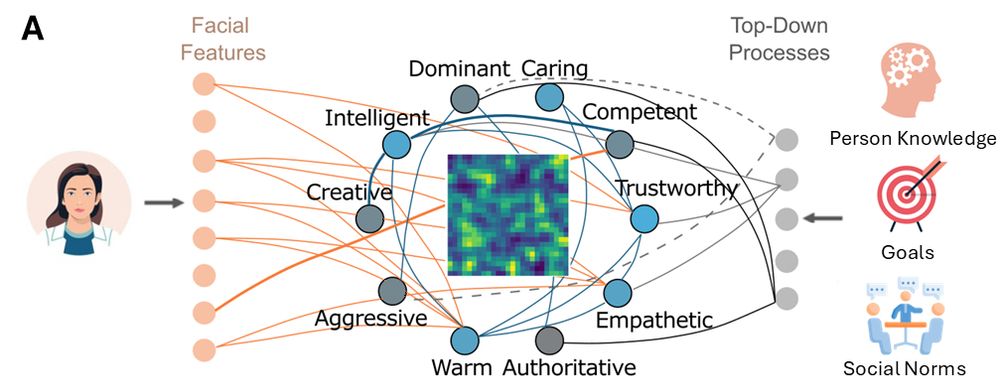Jon Freeman
@freemanjb.bsky.social
2.8K followers
420 following
52 posts
associate professor of psychology and social neuroscientist at columbia | person perception and social cognition | data equity | 🏳️🌈
Posts
Media
Videos
Starter Packs
Pinned
Reposted by Jon Freeman
Reposted by Jon Freeman
Reposted by Jon Freeman
Jon Freeman
@freemanjb.bsky.social
· Jun 30
Reposted by Jon Freeman
Benedek Kurdi
@benedek.bsky.social
· Jun 21
Jon Freeman
@freemanjb.bsky.social
· Jun 19
Jon Freeman
@freemanjb.bsky.social
· Jun 18
Jon Freeman
@freemanjb.bsky.social
· Jun 18
Jon Freeman
@freemanjb.bsky.social
· Jun 18
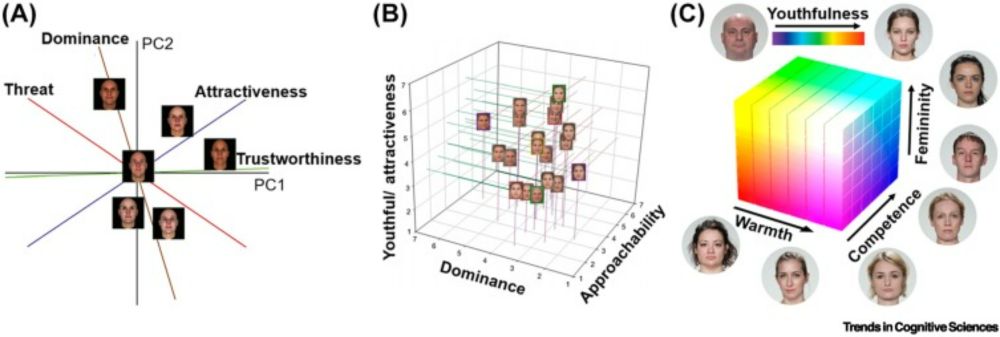
A high-dimensional model of social impressions
People form social impressions from visual cues such as faces, which are argued by
various models to arise from some limited set of fixed dimensions (e.g., trustworthiness
and dominance). We argue tha...
www.cell.com
